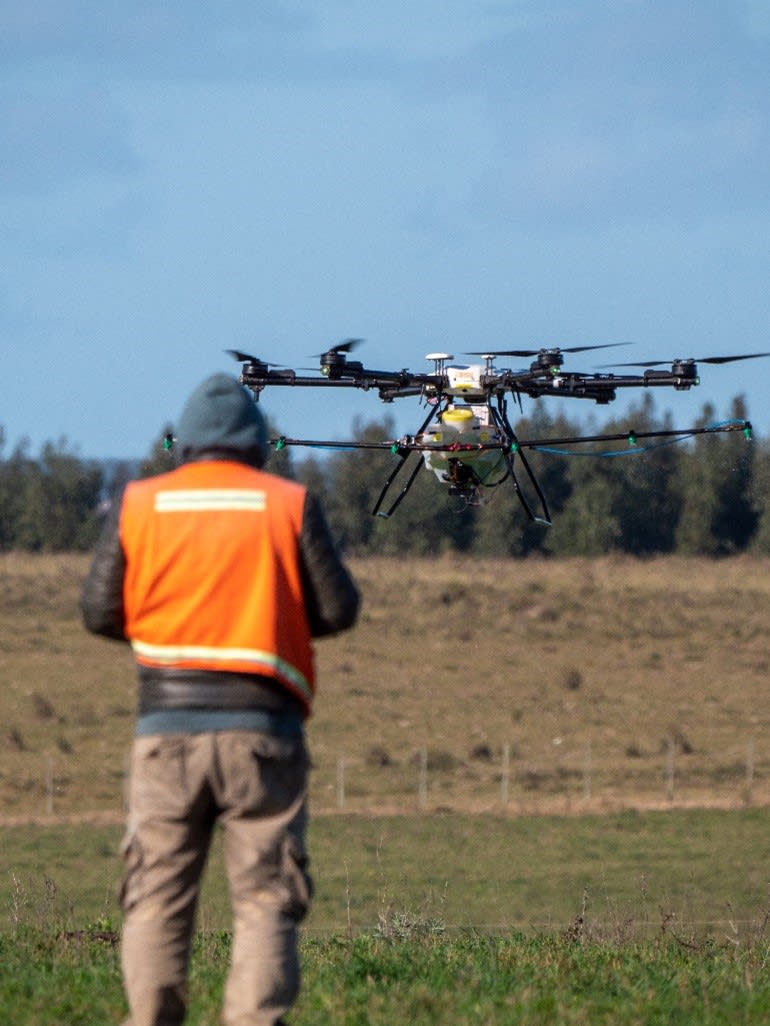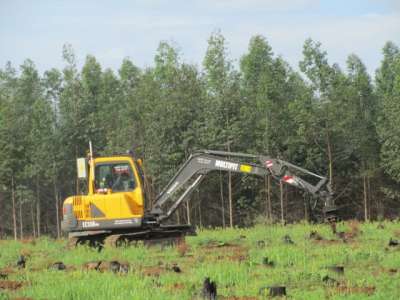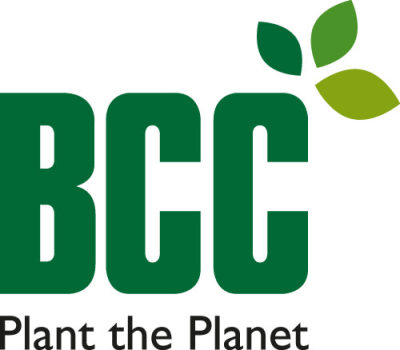Background
Over the past few years drones have significantly improved the manner in which various forestry activities are performed. According to Santiago, his initial skepticism of drones was quickly eradicated when he began to work directly with drones for spraying herbicides in Uruguay. This article presents a brief overview of the Uruguayan experience in using drones in forestry.
Why Operational forestry drones?
UAV technology was originally developed for agriculture systems. The challenge in forestry is that conditions and applications differ from agriculture. In Uruguay, some forestry companies have focused their research and development on projects to adapt drone technology for their conditions and developed strategic plans in collaboration with expert partners to improve cost efficiency in weeding and ant control, reduce accident levels and limit carbon emissions from their silvicultural operations.
General Forestry drone specifications
Nowadays, common drones have a capacity of between 22 to 35 liters, but in the near future the 40 to 50 liters will be widely adopted. Dual drones are more versatile and effective because they have the capability of spraying liquids and spreading solids. The work width varies from 4 to 6 m for spraying herbicides and 8 or 10 m for spreading solids. In general, the drones are flown at an average height of 2,5m above the weeds. Real-Time Kinematic (RTK) technology is used to provide accurate centimeter precision which is better than simple GPS precision which is in metric.
Source of image: Sky Services Uruguay
What is the configuration of these forestry drones?
Nowadays, drones configured with bigger pumps (increasing work pressure up to 8 bars) and spraying nozzles positioned far away from rotors using shafts are being tested. The advantage of bigger pumps is that they provide the option to use the drone with a wide range of nozzle types and putting nozzles far away from rotors improves spraying quality. Another interesting area of development is in software development. Projects are in place to test software which enables row spraying instead of spraying the whole area. The use of nanotechnology chemicals improves the efficiency of drones by reducing chemical quantities in some cases and improving the capacity of mixing different kinds of products inside the tanks of the drones.
Implementation in Uruguay at an operational scale?
When planning to use drones effectively and efficiency any company must have several basic principles in place. Firstly, it is necessary to have two or three key strategic goals. Secondly, is important to make agreements with experts to adapt drones for these goals. Finally, R&D departments within forestry companies must take the leading role in facilitating this process. Without a partner to implement it on the ground, it is very difficult to implement these kinds of projects at a large scale. In general, forestry companies need contractors for executing various silvicultural operations and this technology requires training, troubleshooting and technical support when performing tasks as well as solving technology problems. Furthermore, when modifying a drone, it is critical to have the necessary backup support from the manufacturer because you are modifying the original technology, and this could affect factory warranty. In closing, there are a lot of excellent drone brands if one is interested in this business, however, it is critical to have people who are knowledgeable in both forestry and technology to make a success out it.
For more information please contact Mr Santiago Ferrando from Sky Services










